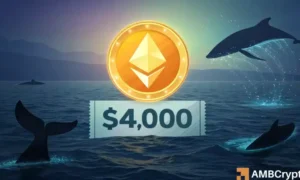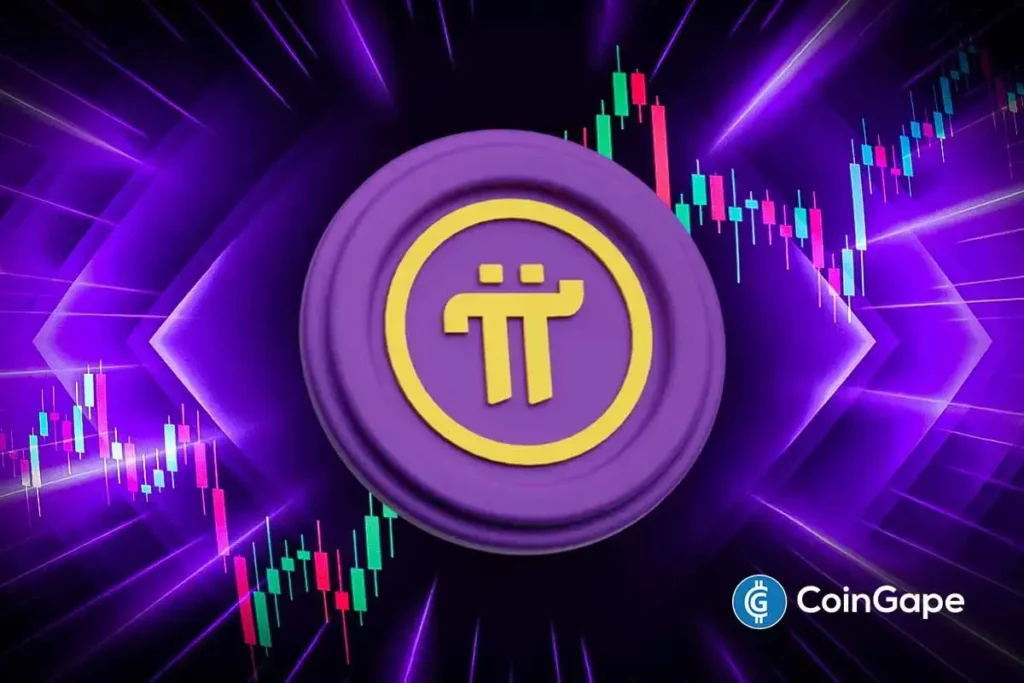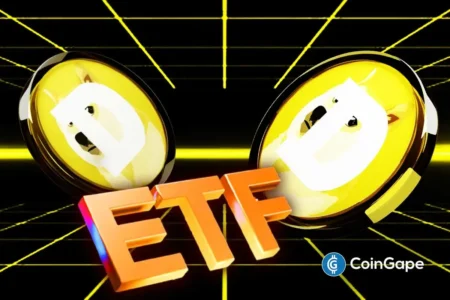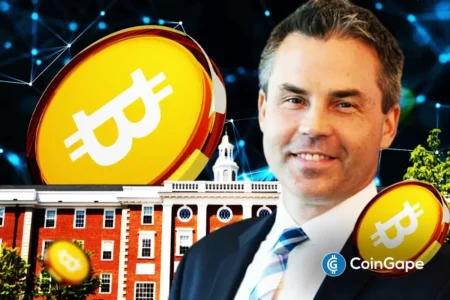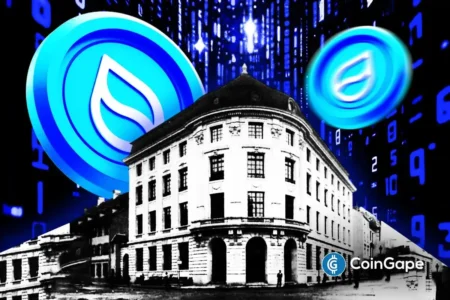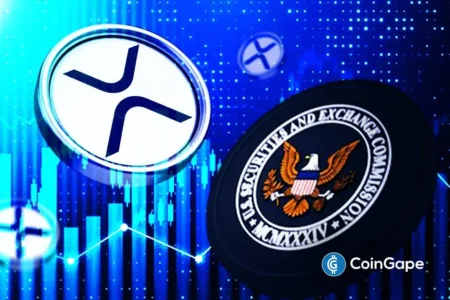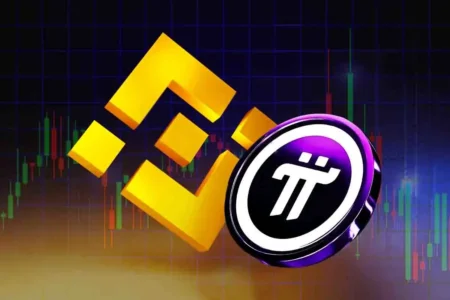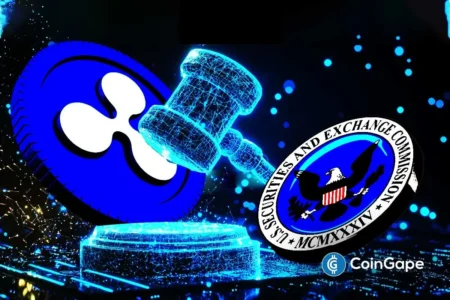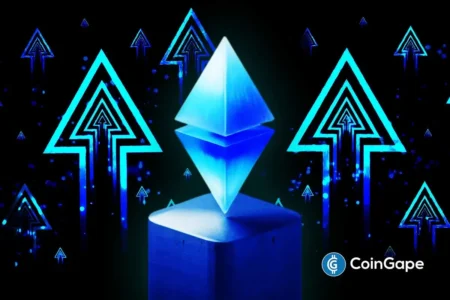The Future of Pi Coin: Strategies for Price Stabilization
The Pi Network community finds itself in a critical moment as the value of Pi Coin struggles to regain stability following significant market declines. A prominent voice in the community, Mr. Spock, has called for the Pi Core Team to consider aggressive buyback and burn strategies as effective means to preserve and enhance the token’s value. His insights reflect a proactive approach that advocates for sound economic strategies rooted in scarcity and demand.
A Call for Economic Boldness
In a detailed post, Mr. Spock made a case for the implementation of decisive economic measures to stabilize the Pi Coin’s value. He emphasized the need for a buyback program that would allow the Pi Network to purchase tokens from the open market. By reducing supply through buybacks, they could foster a sense of long-term market confidence. Furthermore, he proposed that all transaction fees within the Pi ecosystem should be permanently burned rather than recycled, thereby creating a more scarce supply of Pi Coins and potentially driving up its value in the future.
Moreover, Mr. Spock outlined additional strategies such as halting conventional mining practices and locking unused tokens. He even suggested transitioning to a utility-based mining model that rewards contributions to the ecosystem—further incentivizing engagement. "Pioneers have done their part for years," he stated. "It’s time for the Core Team to move Pi from potential to power."
Speculations on Current Buyback Activity
Recent market analysis has raised questions about whether the Pi Core Team might already be engaging in discreet buyback activities. Reports surfaced indicating that a wallet labeled “ODM” has acquired millions of Pi tokens over the past few months. This sparked discussions within the community regarding the wallet’s possible affiliation with the Core Team, with some interpreting the purchases as a strategy to stabilize price levels or prepare for future ecosystem expansions and exchanges.
Additionally, blockchain analysts have acknowledged that a significant volume—46 million Pi coins—was transferred from the OKX exchange to a wallet believed to be controlled by the Core Team, further indicating actions aimed at controlling supply dynamics. By removing coins from circulation during periods of increased market volatility, they seek to alleviate selling pressure and foster a more favorable trading environment.
Understanding Buyback and Burn Concepts
The concept of coin burning is widely acknowledged within the cryptocurrency ecosystem as a deflationary tactic. Although there isn’t an official burn program currently in place for Pi Coin, community discussions have focused on initiating one to maintain price stability. By reducing the available supply, such efforts could attract institutional investors who prioritize robust tokenomics.
Incorporating burn mechanisms into smart contracts and Pi apps could add an extra layer of scarcity to the circulating supply. Regularly scheduled burns of transaction fees could also support the initiative for long-term price stability. However, crypto analysts warn that burning alone cannot serve as a “magic bullet.” Real-world utility must accompany such actions to ensure a sustainable increase in demand and value.
Strengthening the Pi Network
To address some of the community’s concerns regarding the token’s fundamentals, the Pi Core Team is actively working to bolster the network’s framework. Instead of allocating large quantities of tokens to centralized exchanges, they are providing tokens to business partners that have successfully undergone a "Know Your Business" (KYB) verification process. This strategic shift signals an effort to establish reliable partnerships that can contribute to the ecosystem’s growth.
Additionally, the Pi Coin has made strides in enhancing its market foothold by listing on regulated platforms like Swapfone, which operates in the U.S. These measures aim to build credibility among investors and community members while laying the groundwork for future listings, including the highly anticipated listing on Binance.
Community Demand for Action
As discussions around buybacks and token burns heat up, it becomes increasingly vital for the Pi Core Team to address the community’s demands. With investors eagerly awaiting further enhancements and usability of Pi Coin, these proposed actions could serve as mechanisms for price stabilization and growth. The underlying goal is to cultivate a thriving ecosystem that benefits all participants, making the token not just a speculative asset but a viable medium for transactions.
While the road to stabilization may be fraught with challenges, concerted efforts to implement buyback and burn strategies alongside initiatives that enhance real-world utility could transform Pi Coin’s trajectory and restore investor confidence in the project.
Conclusion
In summary, the Pi Network stands at a pivotal moment as community members like Mr. Spock advocate for comprehensive strategies aimed at price stabilization. By potentially implementing buybacks and burns, the Pi Core Team could signal long-term confidence in the token while reinforcing its scarcity. As they navigate this path, ensuring robust utility and fostering a thriving application ecosystem will be crucial in meeting community expectations and enhancing the overall value of Pi Coin. The call for action resonates not just within the community but also within the broader cryptocurrency landscape, as the project looks to transition from promise to performance.


